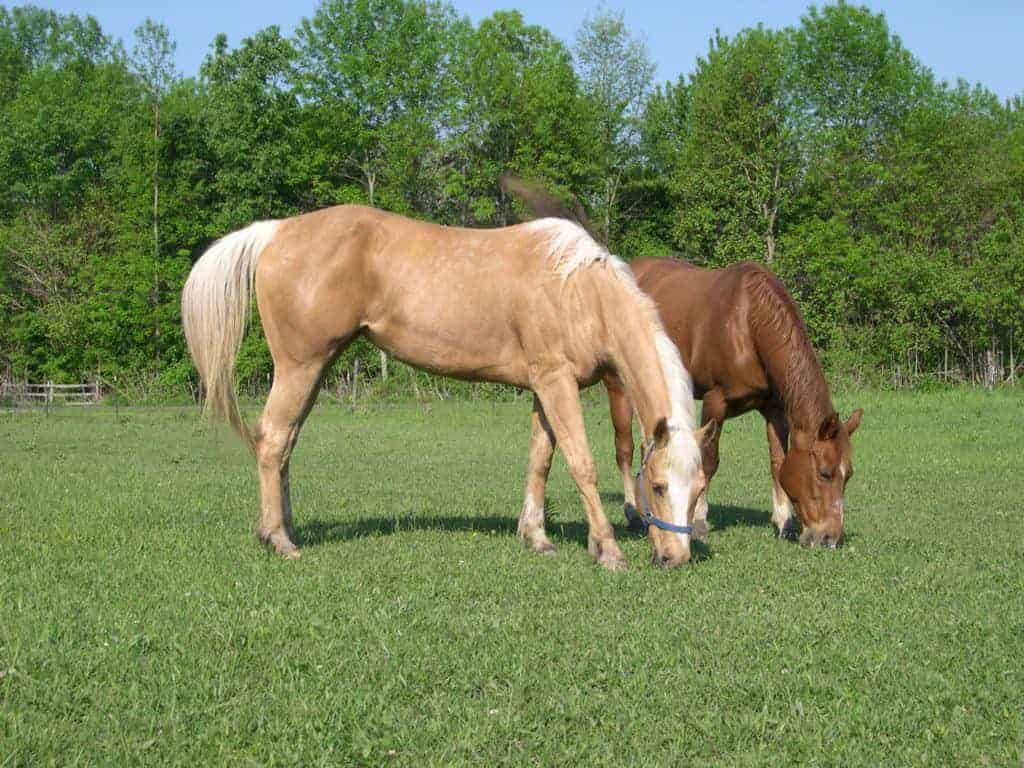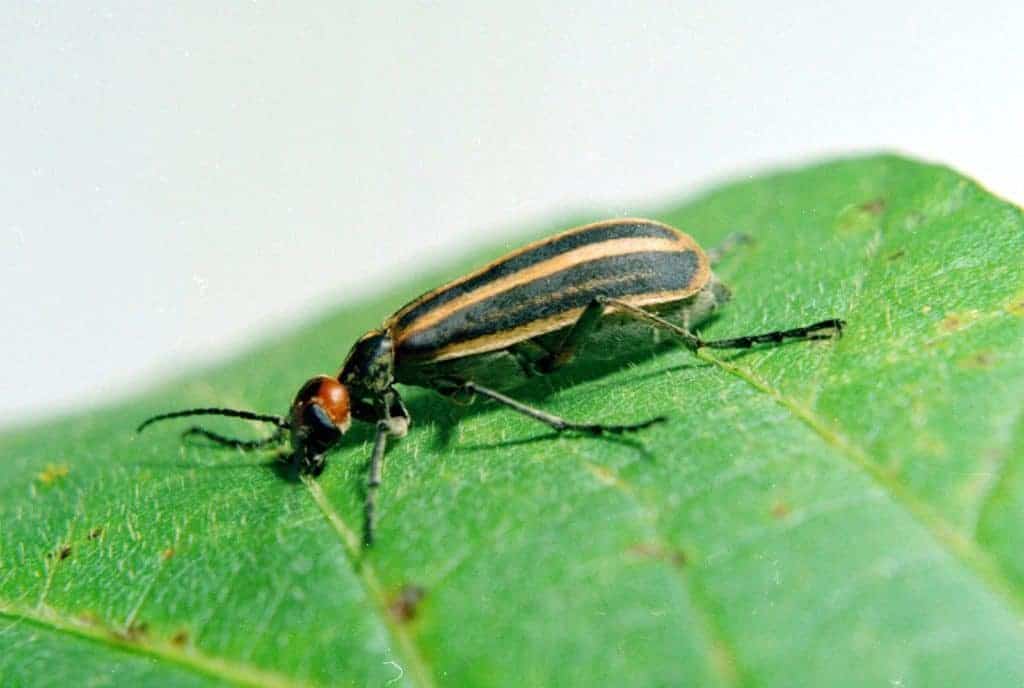Minimize Laminitis Risks
As lush summer grass grows, unfortunately so does your horse’s risk for laminitis.
As lush summer grass grows, unfortunately so does your horse’s risk for laminitis.

Assess your geographic region, plant species, soil, and plant stand to help maintain your pastures’ (and your horses’) health.
Now is the time for horse owners to assess the lingering effects of spring’s wet weather.

Owners should be aware of a potentially fatal tagalong in healthy-looking alfalfa hay: blister beetles.
Wet weather has caused many farm managers to worry about nitrogen losses in their fields, especially in fields
Steps to take after heavy rains to prevent further soil loss, erosion, forage loss, and pasture damage.
Hands-on instruction from UK staff, plus equine and farm equipment displays, at 2011 Farm and Facilities Expo.
Properly managing pastures and carefully overseeing turnout during the spring months is especially important for horse owners, breeders, and managers. At the May 19 Kentucky Equine Networking Association (KENA) dinner meeting, Ray Smith, PhD, of the

Can we as horse owners make a few changes to our horse keeping habits to help lessen our draw on the ecosystem? We can make everyday changes such as recycling and conserving water, but what else can we do to reduce our impact on the environment?

What environmentally friendly management practices might work for you and your farm?
Controlling poison hemlock growth in early spring could help keep pastures and livestock healthy, according to J.D. Green, PhD, extension weeds specialist with the University of Kentucky College of Agriculture. “Poison hemlock i

Once soils are no longer saturated and while we still have some spring rains ahead of us, do your horses and your pasture a favor by spreading compost. The nutrients, organic material and beneficial bacteria and fungi in the compost will help your grass plants become more productive.

What weeds, trees, and shrubs are poisonous to your horses?
Many land managers know firsthand the damage invasive plant species can do to natural resources, but no one knows exactly why these species are able to outcompete native plants. Invasive species are common throughout the world. A long-held theory
More than 460 readers of TheHorse.com responded to a poll asking, “How do you manage mud around your barn?”
Prepare your pastures for those warm, sunny, summer grazing sessions with these rejuvenation and overseeding tips from Ray Smith, PhD, forage extension specialist at the University of Kentucky College of Agriculture
Stay on top of the most recent Horse Health news with
"*" indicates required fields